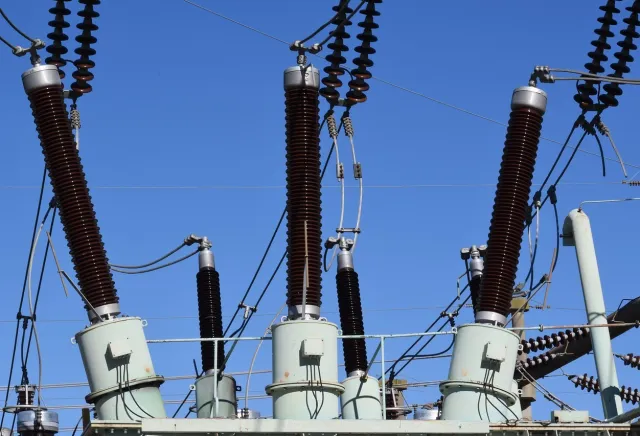Deciding on what protective devices need to be used in an application is a difficult task unless you are doing electrical protection as your profession.
An appendix of this standard [1] have provided a good list of the most commonly used electrical protective devices.
- 1. Residual-current-operated protective devices
- Application: Used to detect a condition of insulation failure of the circuit
- Methodology: By measuring the leakage current, residual current or zero phase sequence current.
- Additional Note: Not recommended for those forms of TN system where the neutral and the protective conductors are combined.
- 2. Residual-voltage-operated protective devices
- Application: Used to detect a condition of insulation failure of the circuit
- Methodology: By measuring the displacement of system voltage vectors from the normal state, or the residual voltage. Loss of one phase in a multi-phase system may also result in the operation of this form of device.
- Additional Note: Most commonly used in IT power systems. A single device is sufficient to detect an earth fault on any part of an IT system in which all elements are directly connected, i.e. not coupled through a transformer, capacitor or resistor.
- 3. Fault-voltage-operated protective devices (a.k.a. voltage-operated earth leakage circuit-breakers)
- Application: Used to detect the voltage between exposed conductive parts and an independent earth electrode adequately separated from the main earth electrode. Correct operation depends on the integrity of the independent earth electrode system.
- Additional Note: The use of fault-voltage-operated protective devices is restricted to small, low-capacity branches of a TT system with voltages below 1000 V where satisfactory earthing conditions cannot be achieved.
- 4. Combined Residual Current/Voltage Protective Devices
- Protective devices employing a combination of residual voltage and residual current detection may be employed on all power systems to indicate the direction of the earth fault
current from the point of measurement. Such devices may detect and locate sustained faults, detect and locate transient faults and, if necessary, differentiate between earth faults and
transient line conditions. - 5. Insulation monitoring devices
- Continuously measure and monitor the insulation resistance in unearthed systems. In selecting the most suitable device for a particular application, it should be noted that certain protective devices will indicate faults in loads connected through rectifiers or thyristors, whilst others will not.
- 6. Distance relays
- Application: Used to protect high voltage power transmission systems against faults involving only phase conductors, or involving phase conductor(s) and earth.
- Methodology: By comparing fault current and voltage at the point of installation of the relay, distance to the fault is measured.
- Additional Note: Appropriate selection of settings and corresponding relay operating times enables a distance relay to provide high speed clearing of faults in a particular section of the power system, as well as providing back-up protection.
- 7. Differential protection
- Application: Used to detect the occurrence of a fault by comparing signals delivered by current transformers which are located at each end of the zone to be protected.
- Additional Note: The systems have the advantage of providing—
- high sensitivity; and
- instantaneous detection; and
- discrimination between the zone protected and other parts of the system.
- Additional Note: The system is insensitive to faults occurring outside the protected zone.
- 8. Overcurrent-operated protective devices
- Application: Used to measure and protect circuits and equipment against the effects of both short and long term overcurrents. They may be either directional or bi-directional and either direct or indirect acting devices.
- Additional Note: Common uses include the following:
- Fuses.
- Magnetically operated circuit breakers or switches.
- Thermally operated circuit breakers or switches.
- Current transformer operated magnetic and/or thermal relays.
- Current transformer operated solid state relays.
See also Cooling Methods of Power Transformers and Reference Standards
Powered by Inline Related Posts
References:
[1] AS 3007.2 - Electrical installations—Surface mines and associated processing plant Part 2: General protection requirements
